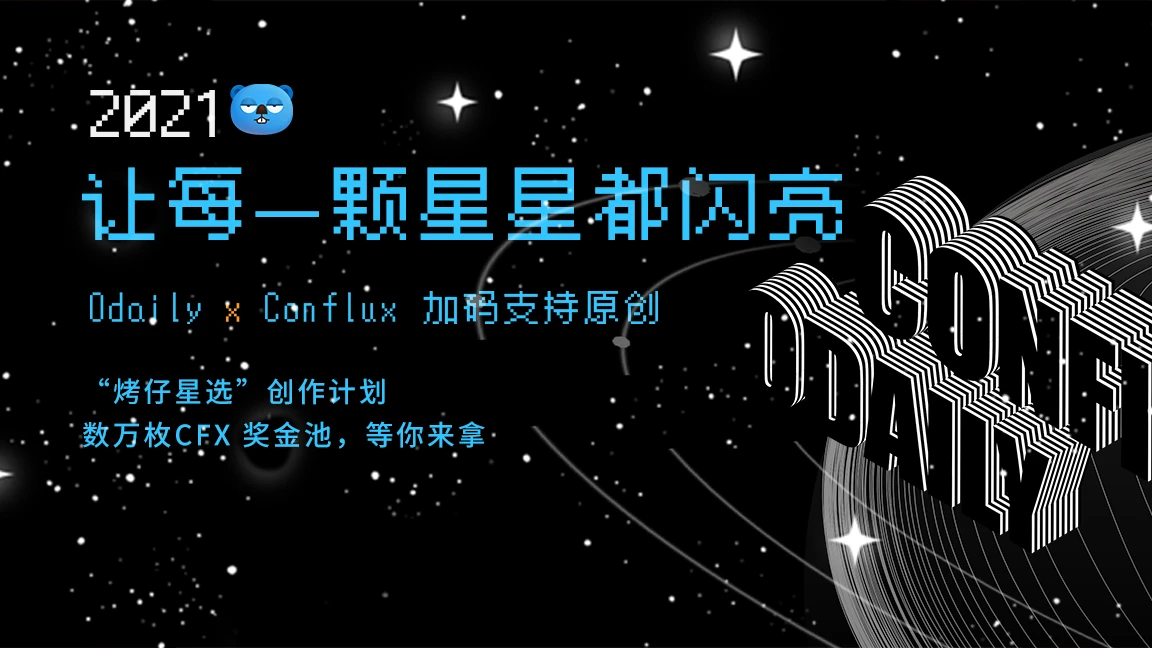Blockchain technology is great, but the performance of blockchain technology is backward, and blockchain technology is still far from the real landing. The transaction processing speed of the Bitcoin network is 5 transactions per second, and that of Ethereum is 15 transactions per second. Compared with the average of 2,000 transactions on the Visa network, the peak efficiency of tens of thousands seems like a product of a different era. The development of DeFi this year once again highlighted the performance problem. The Ethereum network has become expensive and congested. The handling fee of tens of dollars is indeed prohibitive for small retail investors and a headache for large investors. In this case, capacity expansion has become a problem that cannot be ignored.
Chain expansion
Chain expansion
On-chain expansion is to optimize and improve the basic structure, model, and algorithm of the blockchain from the blockchain data layer, network layer, consensus layer, and incentive layer, that is, to optimize and improve the blockchains own architecture, and then improve the blockchain. Blockchain performance. On-chain expansion directly changes the structure of the blockchain itself, which is not easy for a mature network. Sharding and block expansion are the most common ways to expand on-chain.
The basic idea of blockchain sharding is to divide the nodes in the blockchain network into several relatively independent shards. A single shard handles small-scale transactions and even stores only part of the network state. Multiple shards process transactions in parallel, theoretically the throughput of the entire network will increase. ETH2.0 adopts the expansion method of sharding. Sharding expansion is also a kind of expansion solution with relatively high technical difficulty at present. Currently, blockchains using this method include NEAR and Ontology, which are relatively powerful projects.
Off-chain expansion
Off-chain expansion
Off-chain expansion is to adjust the contract layer and application layer of the blockchain, put the contract and complex calculations off the chain, reduce the workload on the chain to improve the performance of the blockchain system, and expand the capacity under the chain without changing the basic agreement of the blockchain . This means that outside the main network, a first-tier transaction network is established, and finally the settlement verification results are transmitted to the main network, so off-chain expansion is also called a second-tier network. At present, the main solutions for off-chain expansion include: state channel, side chain cross-chain, Plasma, and rollup. These expansion methods are also constantly evolving.
The state channel simply means that the two parties establish a private two-way channel under the chain, exchange the private key to sign the information, and conduct transactions under the chain. Both parties need to be in the same channel at the same time, and cannot give Traders transfer money. The advantages of state channels are high privacy, low latency, and high real-time performance, which can basically be achieved in milliseconds. But at present, the technical difficulty of implementation is very high. The premise of state channel transfer is that you need to save coins on the chain, and the number of coins is the maximum number of transactions you support. If multiple state channels are involved Transfers are difficult to achieve when transferring large amounts, and you cannot guarantee that each channel has enough deposits. The current representative of the state channel is Bitcoins Lightning Network, which only supports small transfers.
Sidechain cross-chain may be the most commonly heard off-chain expansion solution. The essence of sidechain is to build another chain on top of this basic layer, and put transaction information outside the chain for processing. The security of the side chain is separate from the main chain, and the side chain has its own validators to ensure the security of its own network. Test chains tend to have fewer verifiers to ensure faster transaction speeds, which also means that after having high performance, they often have worse security than the main network and are more vulnerable to attacks. We are more familiar with this kind of expansion method, such as Bitcoin’s side chain RSK, and Ethereum’s side chain xDAI is currently developing well.
Plasma was proposed in 2017, and it was also hoped by V God to solve the congestion problem of Ethereum, but it has not been successful so far. Plasma is an expansion solution for off-chain computing. It processes the transaction data of the second-tier network and submits it to the main network, and adds an exit mechanism for fraudulent proofs. In this way, the computing power of the main network is used to ensure the security of the second-tier network. Plasma is designed to minimize trust requirements for sidechain operators, and even if operators misbehave, Plasma prevents funds from being stolen. However, Plasma has an obvious flaw. Each user on the Plasma chain must monitor and verify all transactions on the chain to detect the behavior of malicious operators and withdraw in time; and it takes a long time for users to withdraw funds, and the currency market is changing rapidly. The verification time is too long, which is difficult for many users to accept. The representative network of Plasma is OmiseGo (OMG), and its Plasma MVP has been launched on the mainnet.
Based on the defects of Plasma, Rollup was proposed in 2019. It is the second-tier expansion solution that has attracted the most attention and has the most chance to be implemented. Rollup puts data on the chain, and users can verify it at any time, which eliminates the need for nodes to run a large amount of data and reduces the burden on nodes. Of course, Rollup does not put all the data on the chain. Its on-chain data is limited to the input of each transaction, but does not include its final state, so that it will not cause too heavy nodes for off-chain nodes. It will also not cause congestion to the network on the chain. Rollup can be divided into ZK Rollup and Optimistic Rollup.
ZK Rollup ensures security through zero-knowledge proof zk-SNARKs cryptography technology. The ZK Rollup scheme can increase the TPS of the current Ethereum network by 30 times, but the zero-knowledge proof algorithm is not friendly to general-purpose smart contract support, and the creation time It is relatively long, so ZK Rollup is more suitable for ordinary transfer transactions, not for smart contracts. Among them, the popular Loopring protocol is the second-layer expansion solution of ZK Rollup.
epilogue
epilogue
In the future, as demand changes and technology advances, more and more advanced expansion solutions will definitely appear. Whether it is a layer-1 expansion or a layer-2 expansion, there will be a process of mutual integration, which can better realize the expansion of the blockchain network.











